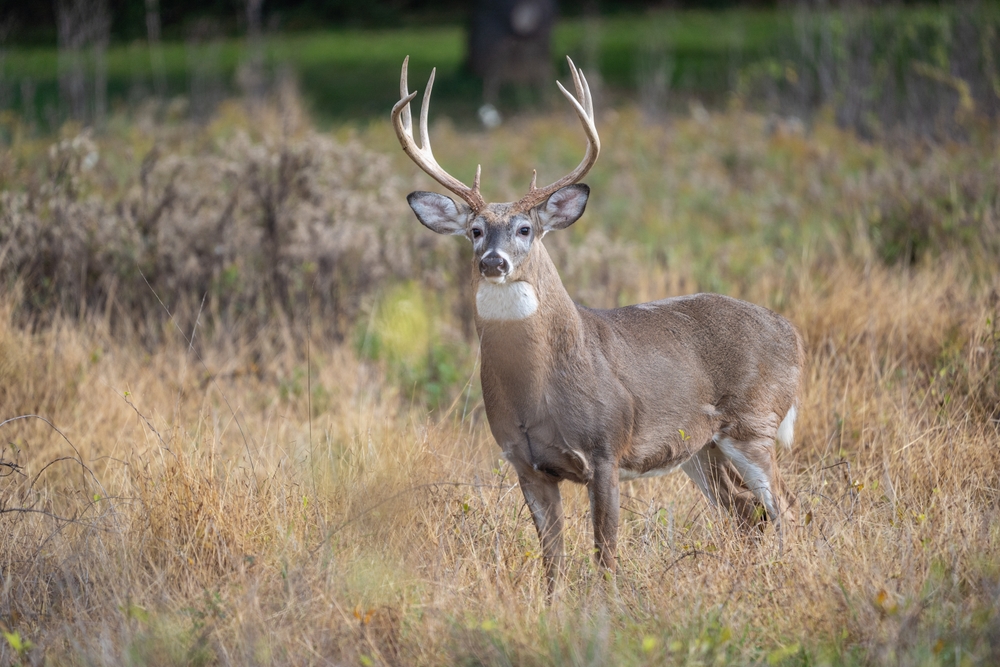Source: Dispatch
Ohio’s deer herd is facing two major disease threats: Epizootic Hemorrhagic Disease (EHD) and Chronic Wasting Disease (CWD). EHD, a viral illness spread by tiny biting midges, causes fever, facial swelling, disorientation, and respiratory distress, often killing deer within days. Outbreaks typically subside with the arrival of cold weather, which kills the insects that transmit it. In contrast, CWD is a fatal neurological prion disease that spreads slowly but relentlessly.
Infected deer may lose weight, act strangely, drool excessively, and lose their natural fear of humans. It spreads through direct contact as well as contaminated soil, saliva, urine, and feces, and currently has no cure. In Ohio, CWD has been confirmed in dozens of wild deer in several northern counties, while EHD outbreaks have led to hundreds of deer deaths in southeastern and central areas. To combat these threats, wildlife officials are expanding surveillance, mandating carcass testing, and restricting carcass movement.

